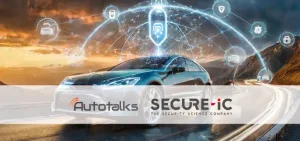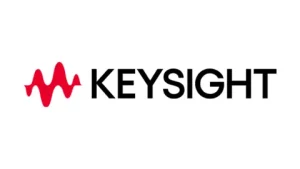By: Jeffrey Fefer, Autotalks’ Technical Marketing Director
In the previous part of this blog we discussed the new use-cases which will be supported by V2X in the near future, as well as the challenges they bring to the underlying radio technologies. In a nutshell, the existing V2X radio standards (DSRC and LTE-V2X) do not have the capacity to support the more advanced applications.
Fortunately, the industry has been at work on newer V2X standards, which are intended to provide the features and capabilities needed for tomorrow’s applications. 3GPP has already published C-V2X Release 16, which defines a new sidelink channel based on the 5G “New Radio” specifications; for this reason the technology is known as NR-V2X (as opposed to LTE-V2X which is defined in Releases 14/15). In addition, the IEEE 802.11bd working group is in the process of releasing an update to the DSRC standard.
How will these new standards interact with the legacy technologies? The short answer is that advanced V2X applications will run on dedicated frequency channels which are in addition to the channels allocated today.
Let us examine the reasons for this:
Vehicles which are being deployed today can communicate only using the legacy standards. They are not able to use the newer technologies, since the V2X systems installed in these vehicles were designed and manufactured before the new standards were introduced or adopted. These vehicles are expected to stay on the streets for at least 15-20 years, so newer vehicles will have to be able to interoperate with the legacy ones for a substantial period of time.
What’s more – NR-V2X is not backwards compatible with LTE-V2X. It is also not compatible with DSRC. This not only means that vehicles communicating using NR-V2X cannot interoperate with vehicles using older standards, but also that they cannot even share the same radio frequencies. In contrast, the IEEE 802.11bd standard is intended to be backwards compatible with the legacy 802.11p.
But we want newer vehicles to be able to use the new technology. The solution is to keep the legacy channel, and use them for Day-1 applications in all vehicles, old and new. This can be thought of as the lowest common denominator, providing basic safety to all. Newer vehicles can use an additional channel, in which newer standards are implemented, allowing more advanced applications.
This is best exemplified by the regulatory plans in China, where a decision has already been made about what technology to use for Day-2. Specifically, 40MHz NR-V2X channels. The required additional spectrum is reserved for this purpose, but a specific channel has not yet been allocated. This is in order to encourage the market to continue Day1 deployment.
In Europe such a decision has not been taken; the details about the technology to be adopted, as well as channel bandwidth and allocation are under discussion. In any case, it is clear that additional spectrum resources are necessary to support the increased bandwidth requirements, and the ECC reserves the necessary ITS spectrum accordingly. In case Europe decides to adopt NR-V2X for advanced applications, there will be no backwards compatibility with the ITS-G5 (DSRC) channel in use today, and vehicles will have to support two different technologies concurrently. The implications for channel coexistence are under study.
The situation in the US is less clear. Recently, FCC squeezed the ITS band allocation to only 30MHz, and out of those 20MHz are used for Day-1 applications using LTE-V2X. It is unclear if any useful applications can make use of the remaining 10MHz. In addition to that, there is an ongoing legal challenge to return this spectrum allocation to the original 70MHz, so there’s uncertainty about the outcome.
The following diagram summarizes the expected V2X channels and technologies and their allocation for the different use-cases in the main relevant regulatory areas:
Pathways are marked. Autotalks provides solutions for all possible use-cases and deployment scenarios. We can go ahead and contribute our part in saving lives and improving mobility for everyone.






